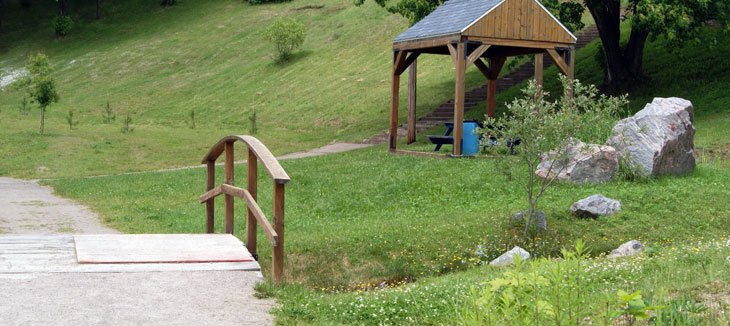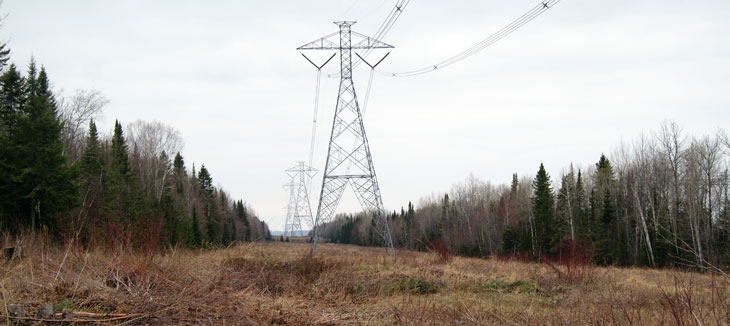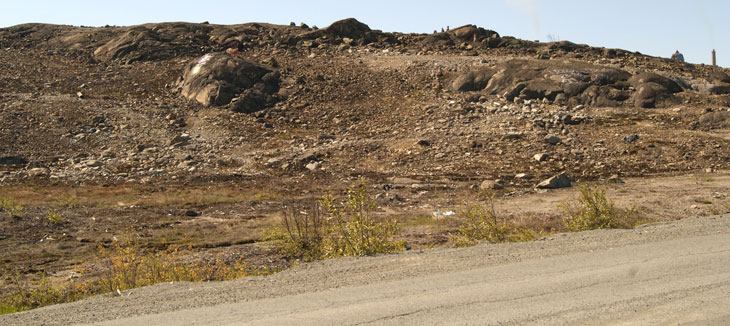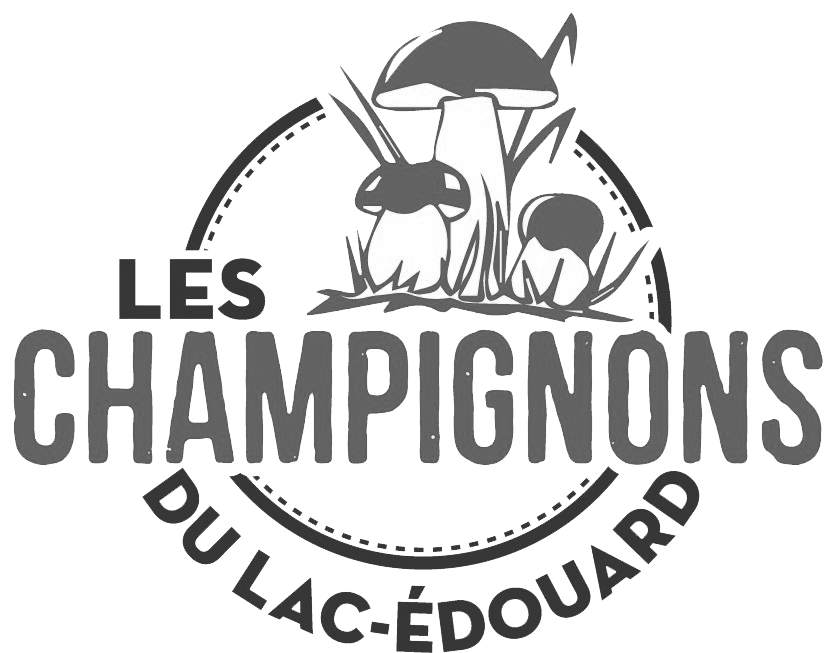As a precaution, one should refrain from picking wild mushrooms on sites that may contain toxins or on sites that may make them unfit for consumption, such as those shown here.
On lawns, park grounds, near urban roads or campgrounds, due to the presence of dogs, cats and people, as well as gas lawnmowers or unwanted products, such as chemicals and pesticides that may have been applied. In many cases, the presence of these undesirable products can persist for years.

Farms where synthetic pesticides have been used to control weeds or kill unwanted insects. Farmers must respect specific delays between pesticide application and harvesting to ensure product safety. At the moment of harvest, these delays may be unknown and pesticides may linger in the soil longer than on the foliage; often the history of the land and the products used over the years are unknown. Toxins that are harmful to human health can be easily concentrated in the flesh of mushrooms.

Orchards where synthetic pesticides have been used. Many mushrooms grow in orchards, under apple or fruit trees; these are bad locations unless organic cultivation has been practised for at least three years. Fruit trees live in symbiosis; their roots associate with mycorrhizal fungi such Morels, Ceps, Boletes or quality gill mushrooms. When contaminated with pesticides, they become harmful to human health.

Borders of highways or main roads because of the pollution caused by motor vehicles, trucks and cleaning products.

Former industrial sites and their surroundings because of contaminants that were or may have been dumped there. Heavy metals that are harmful to human health can be easily concentrated in the flesh of mushrooms. This photo shows a mine waste site covered with a layer of clay and revitalized by a jack pine plantation. As a precaution, one should refrain from picking wild mushrooms on such sites as the mushrooms can contain toxic chemicals such as arsenic, cyanide or other undesirable products.

Power, gas and oil pipeline corridors because of sylvicides used to control shrublands. These products are often spread by air, contaminating the area around these corridors.

Dumps and landfills, as well as their surroundings, because of the toxic or undesirable products they contain or that may leach into land surrounding these sites.

Watercourse pollution caused by current or former sites that release (or used to release) toxins that affect the banks for tens of kilometres downstream. This photo shows the banks of the Calamité River 10 km downstream of the Normétal gold mine tailings in the Abitibi that has been closed for over 40 years. The vegetation has reclaimed more than 50% of the shoreline, but the width of the contaminated area is certainly much larger than what is visible today – it will remain highly contaminated for generations.

Air pollution caused by smoke from factories that release (or used to release) toxins into the air, affecting vegetation and soil sometimes tens of kilometres in the direction of prevailing winds. A striking example is the region east of Sudbury; another is found at Rouyn-Noranda, where the land was heavily contaminated by air pollution caused by ore milling and purification plants. The photo depicts a hill in the process of revegetation in Rouyn-Noranda where contaminants are still present in the soil and where mushrooms should not be picked.

Railways and their surroundings because of sylvicides used to control shrublands. The photo illustrates the application of a pesticide in August 2013 along a railway track in Portneuf and that various mushrooms can grow along these railways, but neither the pesticides nor their persistence in the soil is known.

This list is not exhaustive and pickers should therefore remember to use caution and judgment so as to avoid food poisoning from wild mushrooms.









































